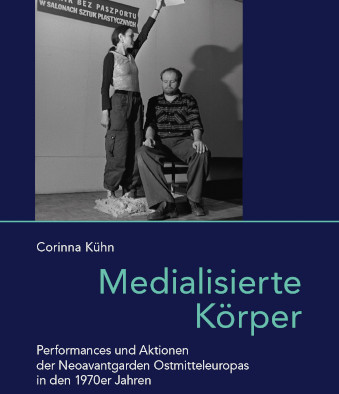Editorial : Counter-narratives of east central Europe
When this journal was launched, it was stated that it would be focused on the period from 1800 to the present. No sooner was that stated than the journal broke its own rule, by including a round-table discussion ‘Globalizing Early Modern Central and Eastern European Art,’ which addresses the issues related to the historiography of art in east central Europe before 1800. However, we felt that the calibre of the discussion, and the importance of the issues it raised, made its inclusion in Art East Central a logical decision.












